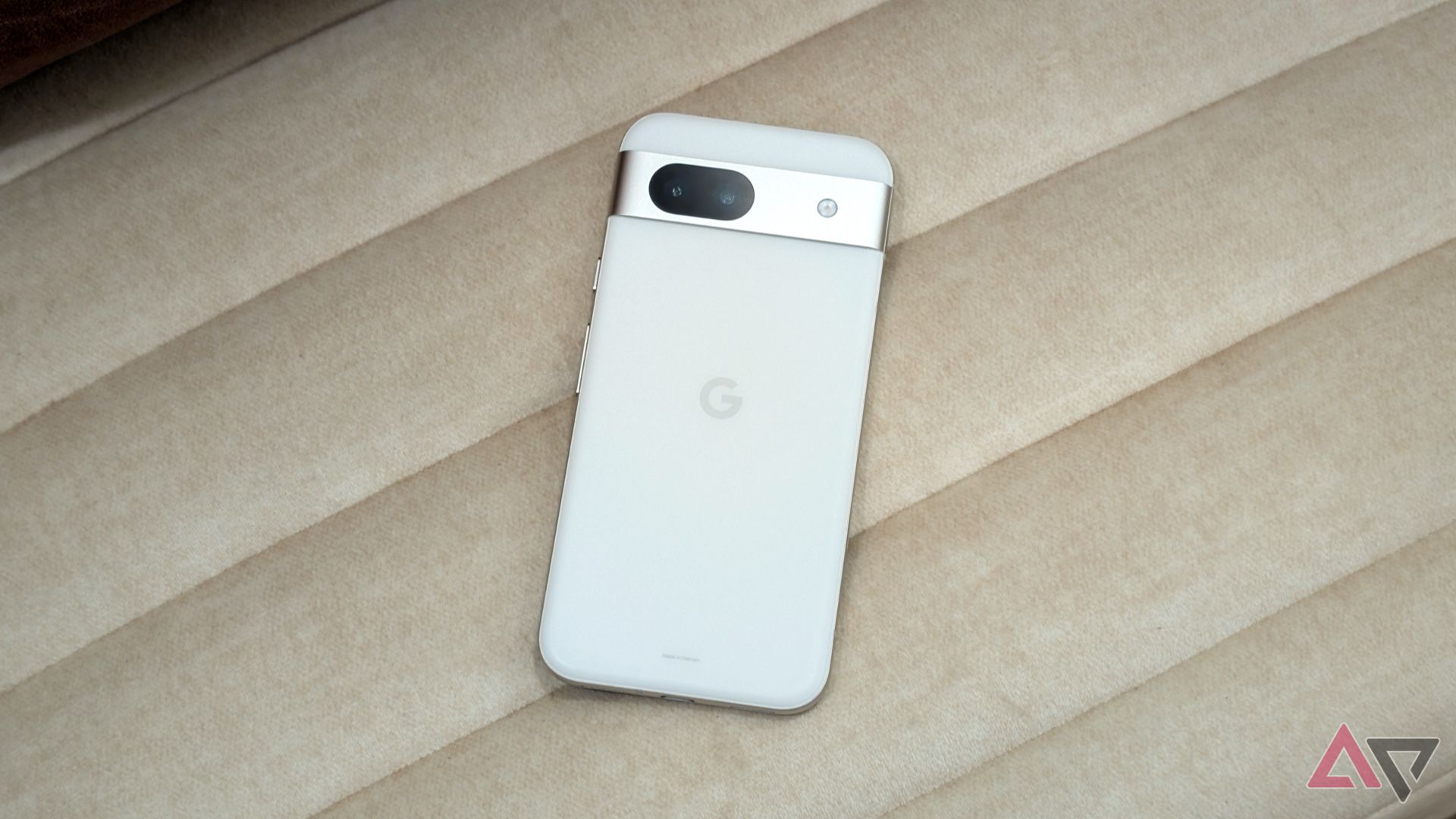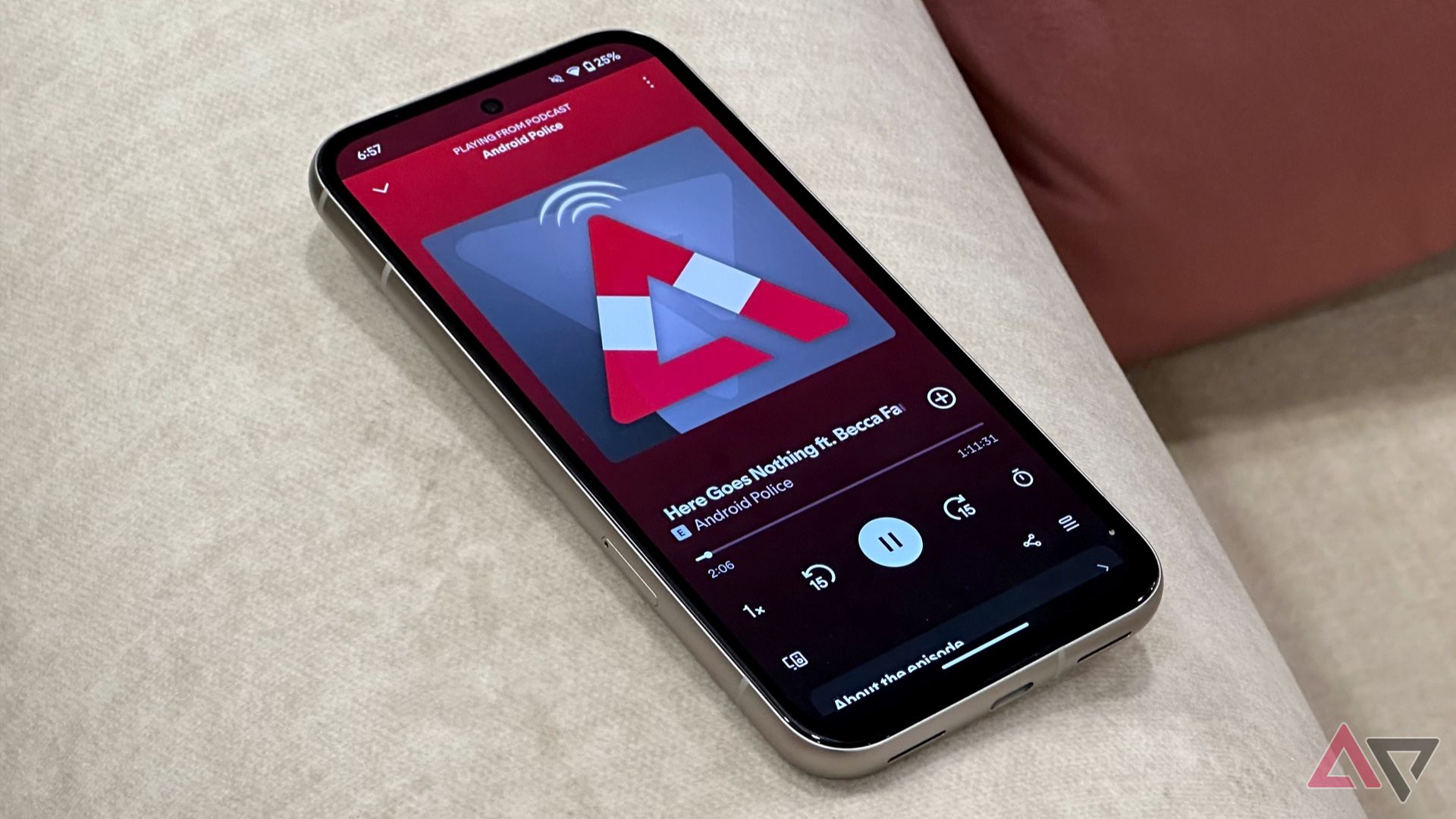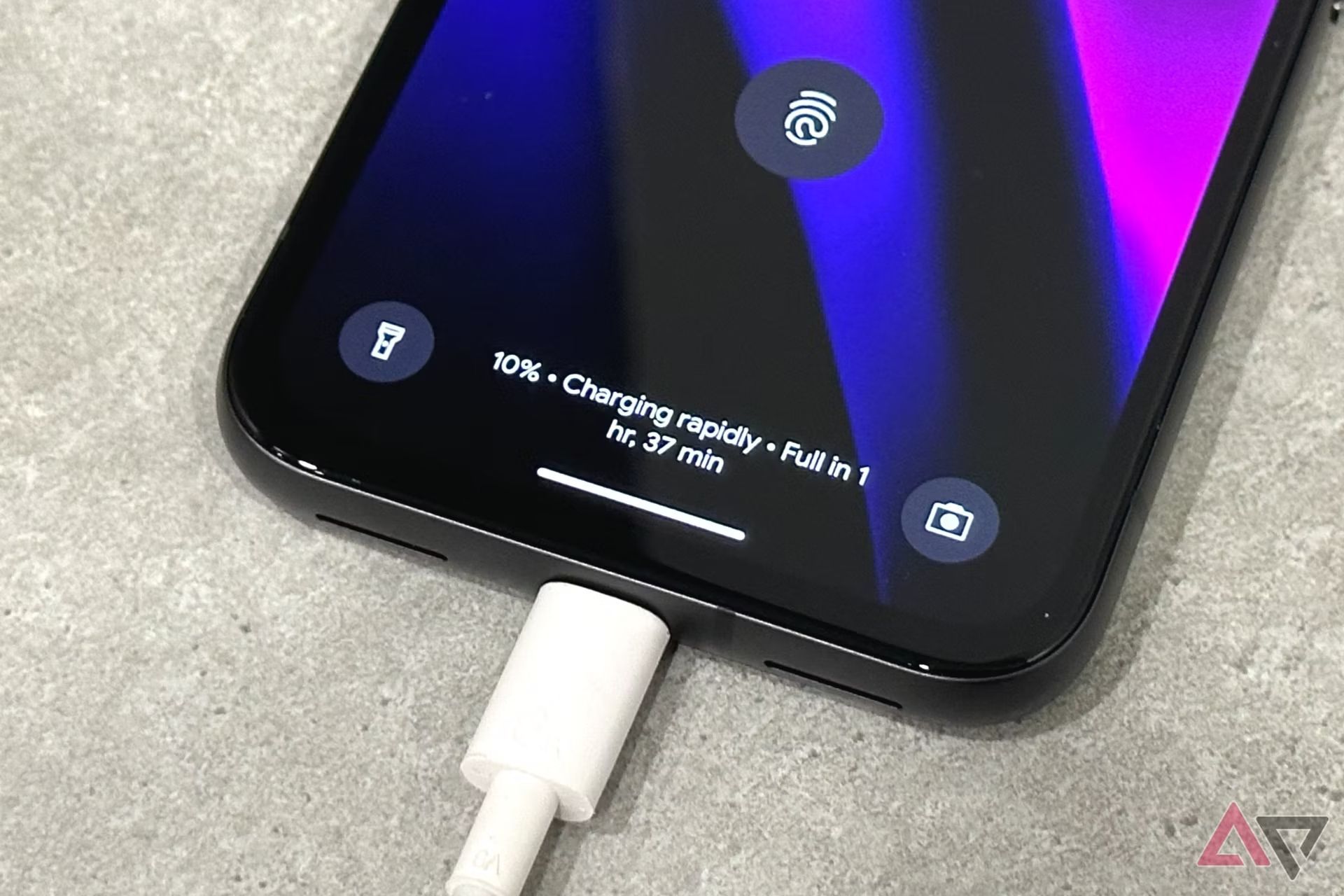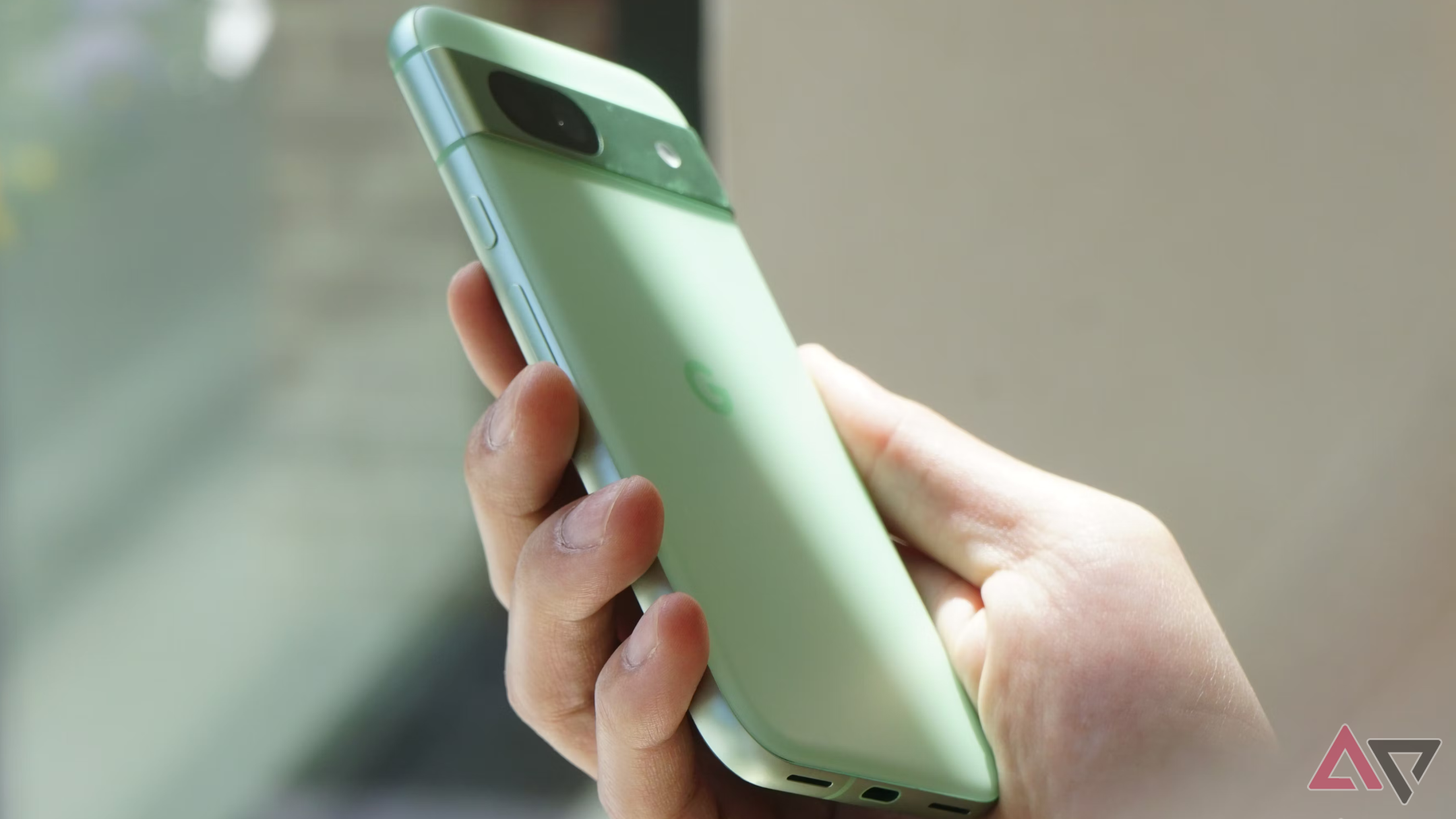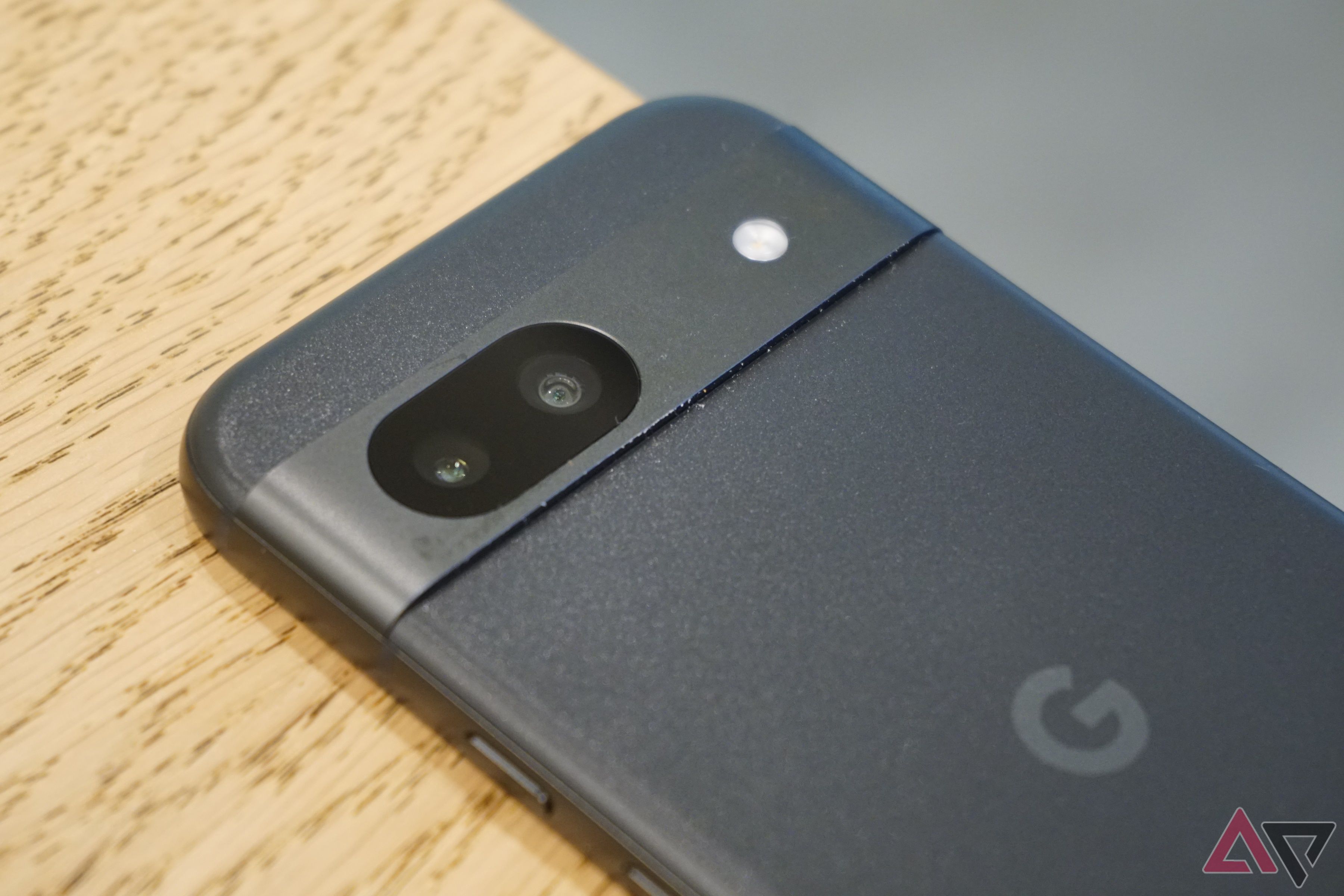Not everyone wants to spend $1,000 or more on a flagship smartphone. Many of us prefer to choose mid-range options instead. And when it comes to mid-range smartphones, the Google Pixel 8a remains the top choice. I’ve been using the Pixel 8a as a secondary device for the past three months, taking it with me everywhere from my daily commute to trips to Switzerland and Thailand. But how well can it withstand real-world use? Let’s find out.
Before proceeding, please note the following: I updated my Pixel 8a to Android 15 beta in mid-August, so some of the issues I encountered may not affect users of the stable release. That said, Android 15 has been pretty stable during my use.
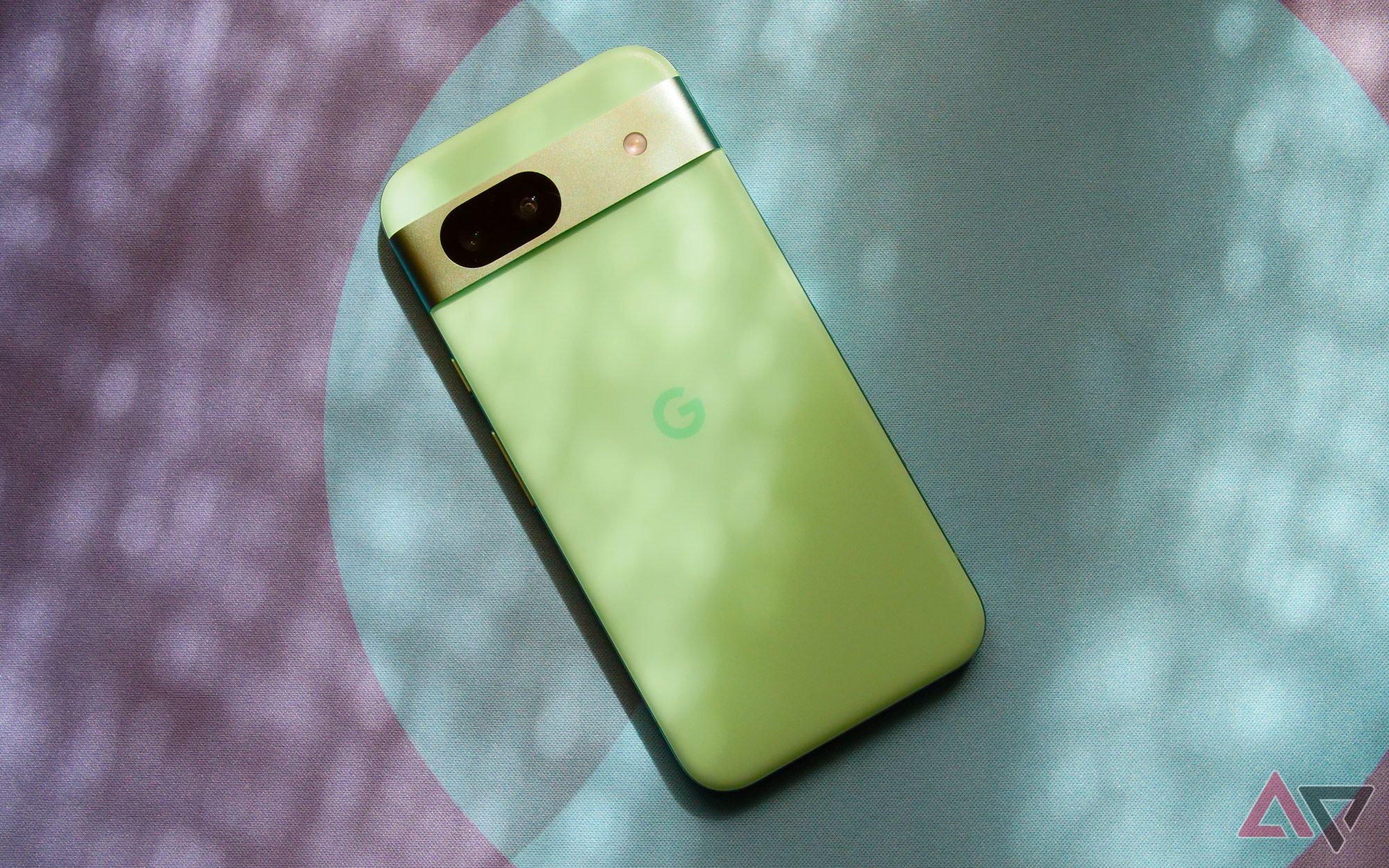
Read reviews
Google Pixel 8a: A great smartphone you don’t know if you should buy
Google’s hardware lineup is in a sticky spot, and the Pixel 8a only confuses things further
The honeymoon phase is over — this is what still impresses me
There are some features that still stand out over time
Three months is plenty of time to judge a smartphone’s build quality and durability, and that’s one of the Pixel 8a’s standout features. To be honest, I haven’t used a case for my Pixel 8a since Google sent it to me, but I’m impressed with how well it’s held up. There are almost no noticeable scratches on the body, such as the metal frame or camera visor.
I did notice some deep scratches on the windshield, but that’s to be expected considering the 10-year-old Gorilla Glass 3 protection. If you’re like me and prefer to use your phone without a case, I recommend applying at least an 8a compatible screen protector. But overall, the porcelain color retained its appearance with no signs of discoloration, and the overall build quality was excellent.
Moving on to the front, the display exceeded my expectations. When I first started using the Pixel 8a, I was coming off much larger devices like the iPhone 14 Pro Max and OnePlus 12. Unsurprisingly, the Pixel 8a felt small in comparison, and the noticeable bezels around the screen didn’t help either. In fact, I initially pointed to these thick bezels as one of the reasons I avoided the Pixel 8a.
But after three months, the bezels aren’t that much of an issue. In fact, I was impressed with the display quality itself. The Pixel 8a’s screen holds up well, especially at 2,000 nits of peak brightness. My iPhone’s display sometimes doesn’t look good in direct sunlight, but the Pixel 8a shines brightly. These are the little things you’ll come to appreciate over time, especially if you’re indoors a lot.
As for the software, the software experience was very smooth, even though I upgraded to Android 15 beta a few months ago. The device remains responsive and overall I’m happy with its performance (more on this later). The Pixel 8a also offers Google’s full suite of AI features, but my usage patterns were a little surprising.
At first I thought I’d rely on features like Magic Editor to fine-tune my photos, but while it’s useful for removing unwanted objects, I ended up not using it much. But features I didn’t expect to use that often, like Clear Calling and Circle to Search, turned out to be incredibly useful. Clear Calling makes two-way conversations more clear. I often use Circle to Search to identify products that appear while scrolling on Instagram or X (formerly Twitter).
Performance is still good, but some flaws are now hard to ignore
The chips are holding up well, but cracks are starting to show.
Powered by the same Tensor G3 chipset as the Pixel 8 series, the Pixel 8a provides adequate performance for most users. We won’t compare it to the new Pixel 9 series, which has notable performance upgrades, but compared to direct competitors like the OnePlus 12R, the Pixel 8a falls short on price.
That said, the Pixel 8a is no slouch when it comes to day-to-day use, handling activities like messaging on WhatsApp, scrolling through Instagram, managing emails, and making phone calls without too much trouble. Although I haven’t encountered any serious lag, the phone’s Achilles heel is its tendency to overheat. As you start loading more apps onto your phone, using resource-intensive features like Android Auto or pushing your phone with camera usage, performance will decrease.
This is especially noticeable in warm conditions. While it’s fine indoors and in cooler temperatures, the Pixel 8a struggles to maintain performance and stay cool when exposed to hot weather.
What I’m really concerned about with the Pixel 8a is the battery and charging speed. As a secondary device, battery life should not be an issue. It easily lasts a full day, even with tasks like navigating with Android Auto and Google Maps. But charging? That’s where it’s lacking.
I make it a habit to turn it on every night and wake up with a full battery, but the days I forget and have to charge it during the day are a nightmare. The Pixel 8a lags far behind other mid-range smartphones, which have significantly improved charging speeds. Perhaps this is the only major drawback that I would like to warn potential buyers about. The charging speed is painfully slow and can become really frustrating over time.
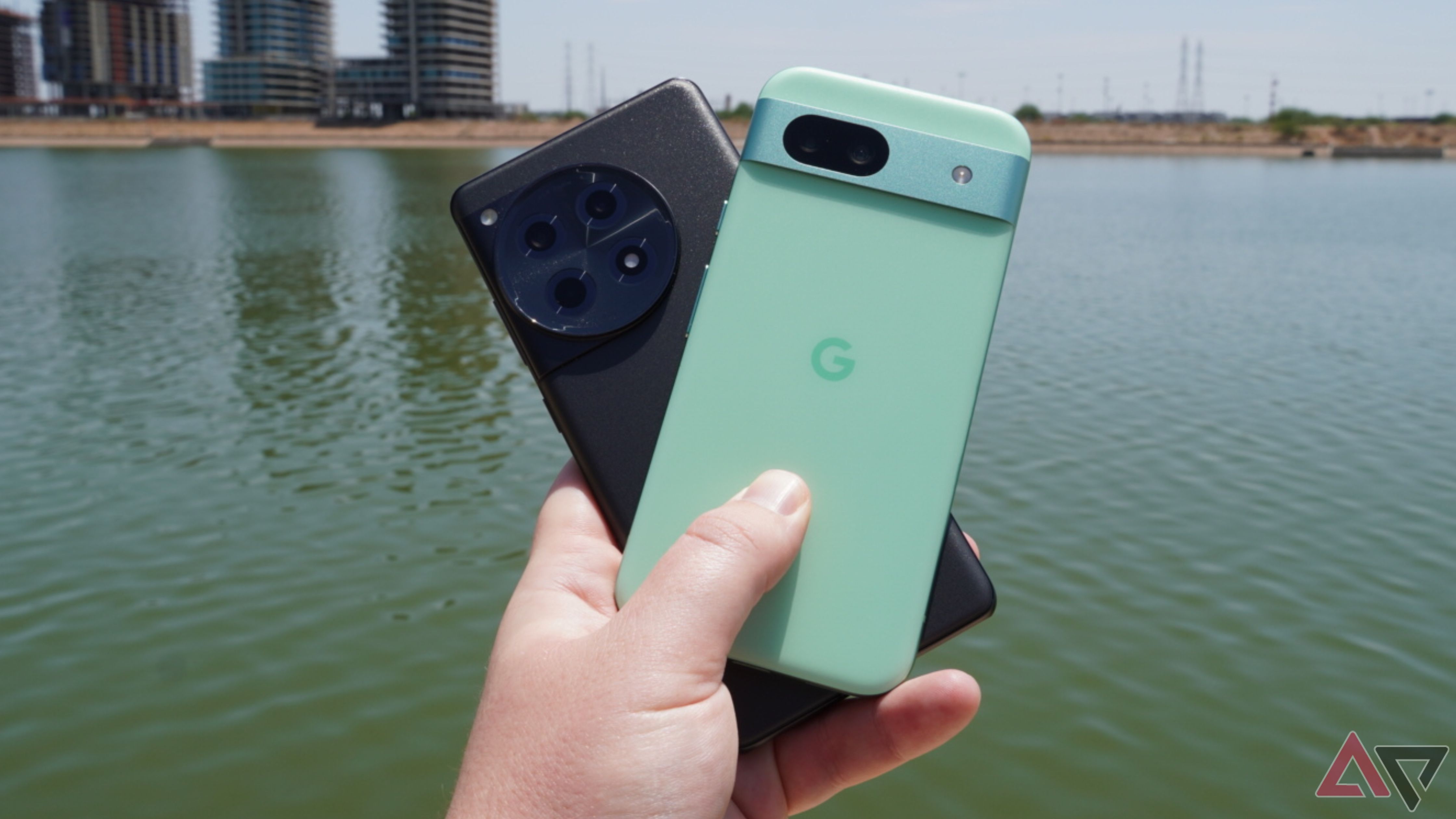
related
I used the Pixel 8a and OnePlus 12R side by side for a week, and there’s a clear winner
$500 smartphone showdown
Camera performance is still good, but there are some quirks
I got consistent results, but I miss not having a dedicated telephoto lens.
Google Pixel smartphones are known for offering the best camera experience of any Android device, and the Pixel 8a doesn’t disappoint. Unlike many other Android smartphones that struggle with consistency, it does a good job of maintaining a lifelike, natural look under varying lighting conditions. Even night shots are impressive. You can always rest easy knowing that your Pixel 8a’s camera won’t let you down.
Take a look at some photos I took with the Pixel 8a during a recent trip.
However, not everything is perfect. Since the Pixel 8a’s launch, we’ve tested flagship smartphones with dedicated telephoto lenses, including the Pixel 9 Pro XL, Honor 200 Pro, and Vivo V40 Pro, so the 8a makes us miss that feature. Google’s AI produces commendable portrait photos, but the lack of optical zoom is noticeable, especially when shooting close-ups or distant subjects. The Pixel 8a’s limited 2x zoom is a notable drawback.
Google Pixel 8a is a solid mid-ranger
All things considered, the Pixel 8a remains one of the best value Android smartphones in its price range. I’m looking forward to what the Pixel 9a brings, especially the long-awaited chip upgrade, but anyone looking for a solid budget-friendly Android device won’t be disappointed with the Pixel 8a. With currently available discounts, the Pixel 8a is even better value.
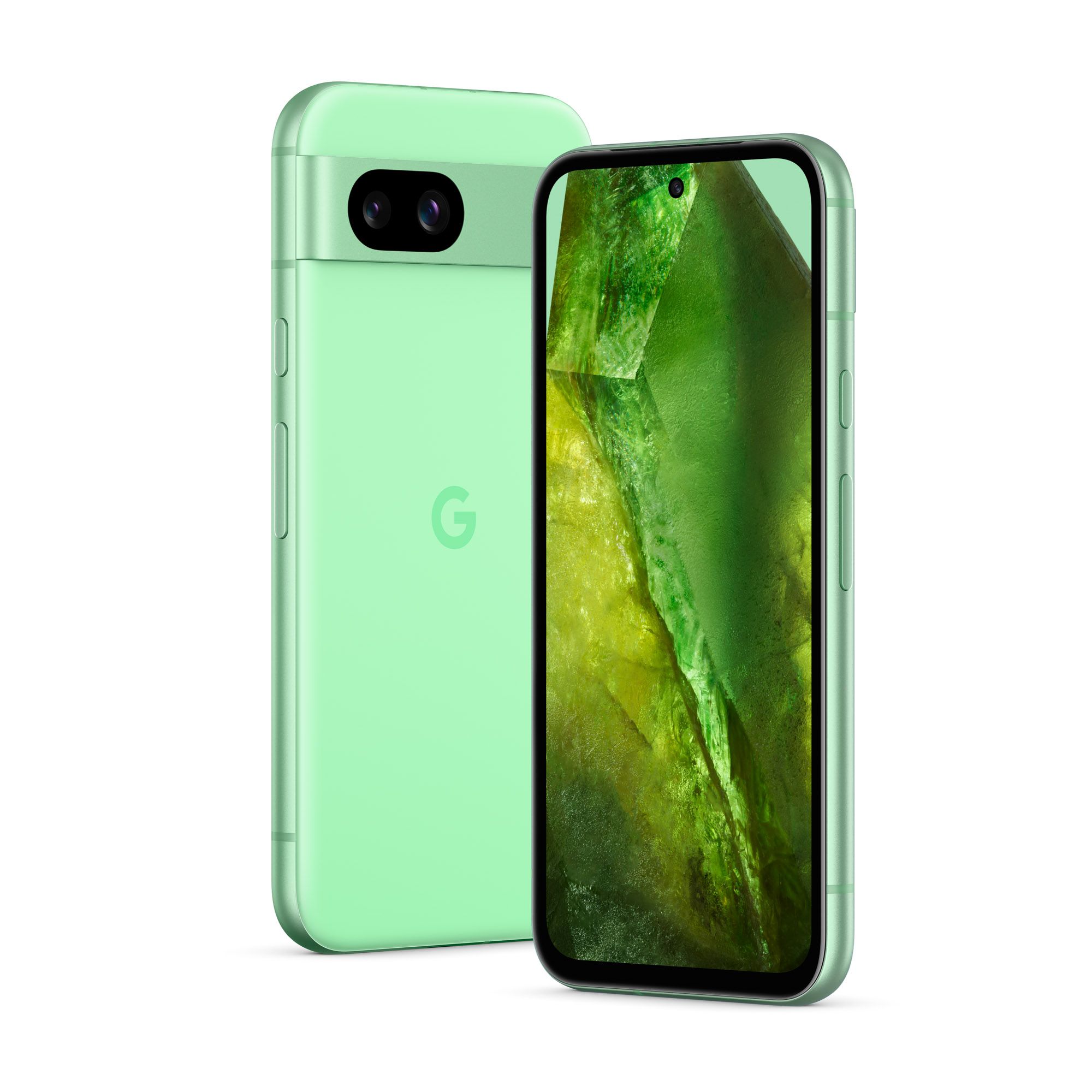
google pixel 8a
The Pixel 8a wants you to forget the Pixel 8 ever existed. With several key upgrades over its predecessor, including a brighter display, faster processor, and bigger battery, Google’s latest midrange smartphone is the perfect combination of speed and AI smarts. And with seven years of OS upgrades, it’s the longest-lasting $500 smartphone available today.


